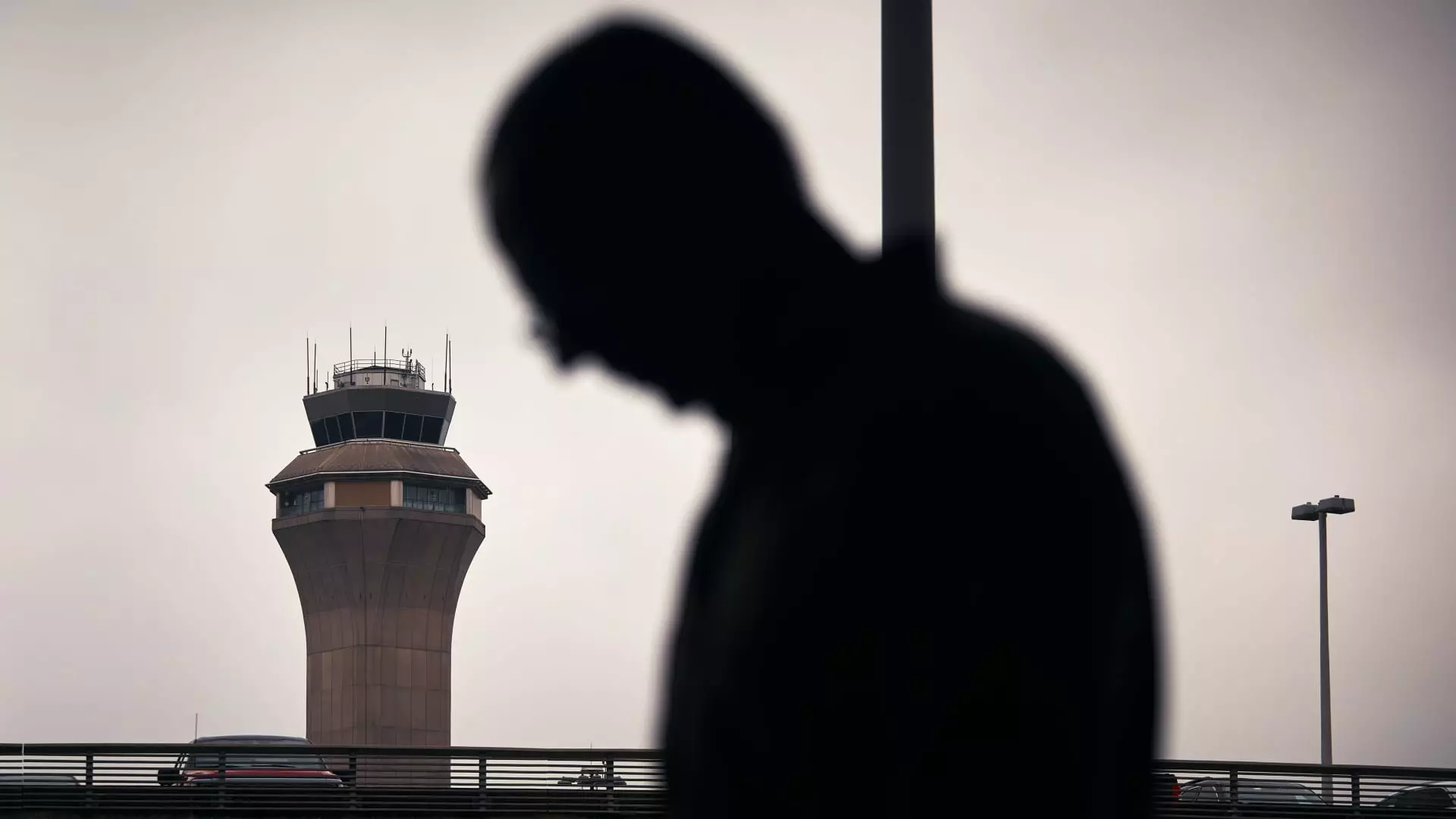Another day, another crisis in America’s air traffic control system. On a seemingly ordinary Friday morning, Newark Liberty International Airport experienced a 90-second blackout in radar and communication, again leaving air traffic controllers grasping for answers in the dark. This incident, while short-lived, exposed distressing vulnerabilities in a system that already suffers from chronic underfunding and outdated technology. As the sun barely broke the horizon, thousands took to the skies, knowing little about the precarious balancing act that keeps them safe high above the clouds.
Stress and Staffing Shortages: A Dangerous Combination
The Federal Aviation Administration (FAA) attributed the minor disruption to already diminished staffing levels at its Philadelphia facility. This site, responsible for managing traffic flowing in and out of Newark, continues to grapple with the repercussions of a similar communication failure just months earlier. The April incident, which severely hampered air travel for days, led several controllers to take leave—arguably a justifiable response given the immense stress of managing such a critical system under duress.
In a high-stakes environment where lives are in the balance and human error can lead to catastrophic outcomes, the FAA’s failure to adequately staff their facilities raises serious questions. A world-class air traffic control system requires not only modern technology but sufficient personnel trained and ready to act, all of which is alarmingly missing at present.
Promises of Modernization: Just Lip Service?
Hours before the latest failure, Transportation Secretary Sean Duffy announced plans for a significant overhaul of the outdated equipment and technology that hampers air traffic operations. While the announcement garnered applause from aviation industry groups and labor unions demanding an allocation of $31 billion for modernization efforts, skepticism remains palpable. Will Congress rise to the occasion, or will this be yet another empty promise that falls flat, stalling much-needed upgrades in favor of political theatrics?
The inherent bureaucracy of government programs often leads to stagnation, and the air traffic control overhaul appears to be teetering on the brink of a similar fate. A sum of $12.5 billion, as proposed in the recent House spending plan, while substantial, risks becoming a half-measure that won’t effectively address the breadth of the crisis.
A Call for Urgency and Accountability
It’s high time for all stakeholders involved—government officials, industry leaders, and the public—to confront the stark reality of our air traffic control system. The repeated outages are not just technical glitches; they symbolize systemic failures that jeopardize safety. The reliance on aging infrastructure and insufficient staff exposes a fundamental neglect of our aviation security.
As we find ourselves navigating through one of the most complex air traffic networks in the world, complacency must not be an option. No longer can we afford to treat aviation safety as a mere footnote in budget discussions. Urgent action is necessary, and accountability must be the mantra guiding these discussions. For the sake of all who travel, we must demand substantive changes and ensure history does not repeat itself.

